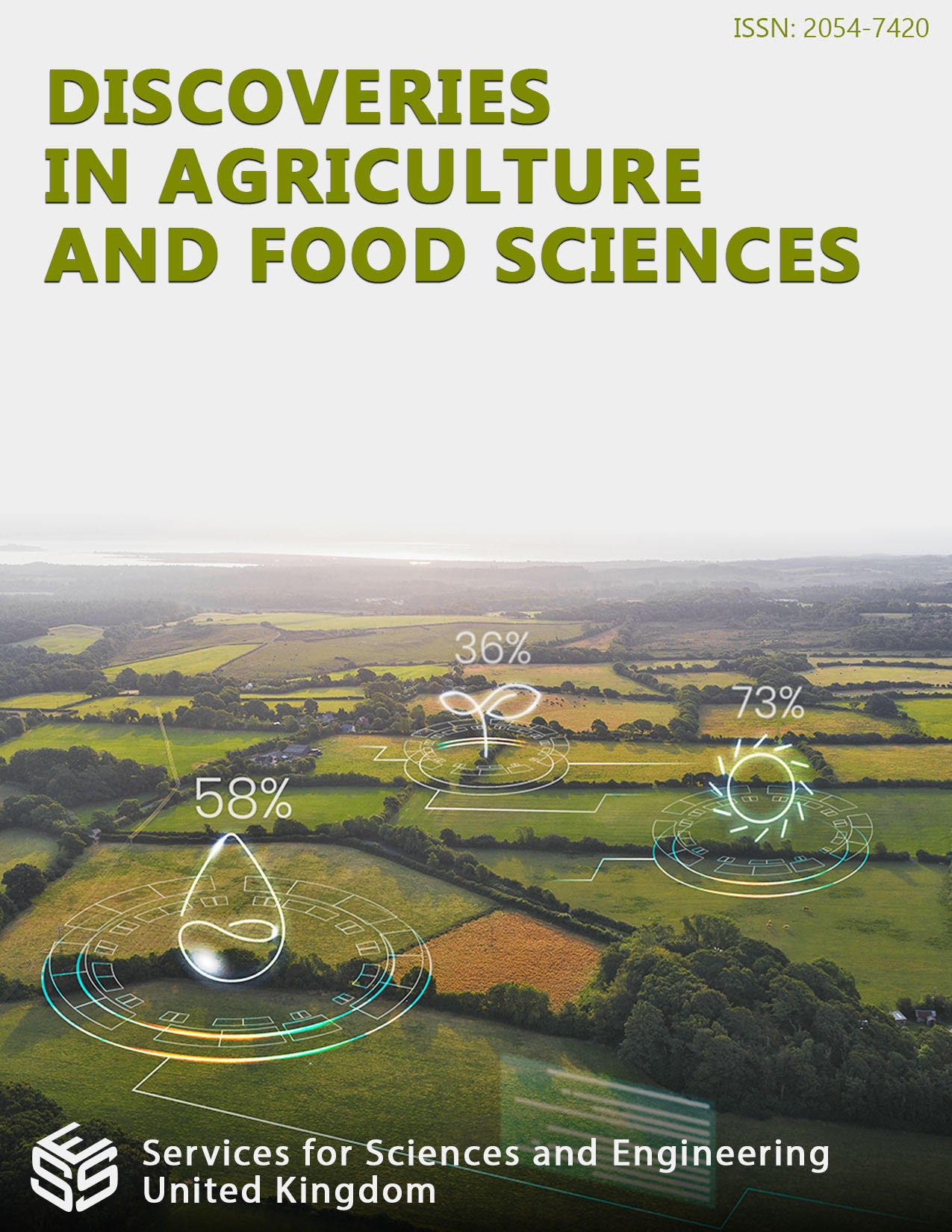Expression of Standard Heterosis for Productive Traits in Sweet Pepper Hybrids
DOI:
https://doi.org/10.14738/tnc.1303.18838Keywords:
Sweet pepper, Heterosis, Productive traits, HybridsAbstract
To gather data on the degree of heterosis for various features, the current study was conducted under the net house at the research farm of the Olericulture Division, Horticulture Research Centre, Bangladesh Agricultural Research Institute, Gazipur. Winter 2019–20 saw the examination of 28 crosses and a variety utilizing a randomized complete block design with three replications. The crosses were constructed in a half-dial method. The current findings also showed that the average fruit weight and the number of fruits per plant were the primary determinants of the overall yield per sweet pepper plant. The range of standard heterosis for days to marketable maturity was 17.93 to 4.41, while earlier hybrids were, viz., P1 X P2 (-12.14), P1 X P3 (-10.91), and P1 X P5 (-17.93). The range of standard heterosis for the number of fruits per plant was 13.22 per cent to 146.83 per cent, while higher number was obtained from the hybrids viz., P2 X P7 (146.83%), P2 X P3 (129.96%), P4 X P8 (116.13%), P6 X P8 (84.52%), P4 X P7 (81.04%). These hybrids offer a high scope for exploiting heterosis to improve horticultural traits. In addition to being used for hybrid breeding, these cross-combinations may be published as hybrids following additional field testing. Twenty F1 hybrids outperformed the usual yield standard check by a wide margin. Considering the higher standard heterosis, the hybrids viz., P4 X P6, P3 X P4, P4 X P5, P1 X P3, P2 X P3, P3 X P6, P3 X P5, P5 X P8, P3 X P7, P1 X P2, and P1 X P5 were outstanding crosses and may be considered for selection. The findings suggest that studying standard heterosis can help us choose better hybrid combinations in terms of greater output, earliness, quantity of fruits, larger fruit, etc. There was a significant amount of standard heterosis for nearly all 15 yield-contributing characters under investigation. It also demonstrates how standard heterosis can be used to increase yield.
Downloads
Published
How to Cite
Issue
Section
License
Copyright (c) 2025 Limu Akter, Md. Mokter Hossain, A K M Quamruzzaman, Md. Habibur Rahman, Md. Abdur Rahim, Rahima Khatun

This work is licensed under a Creative Commons Attribution 4.0 International License.






